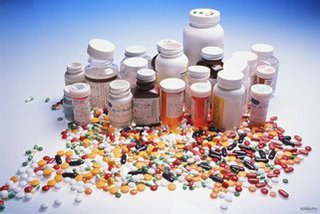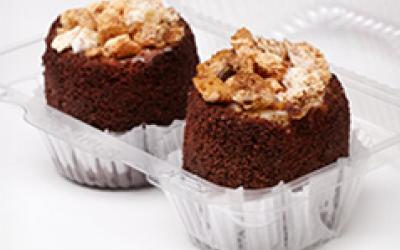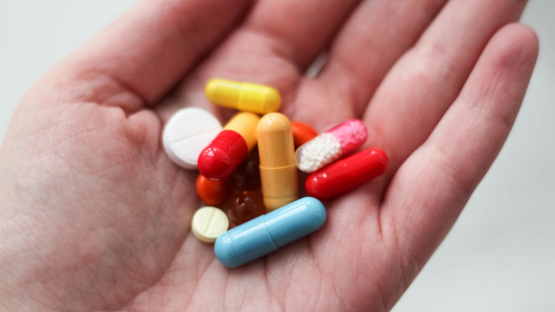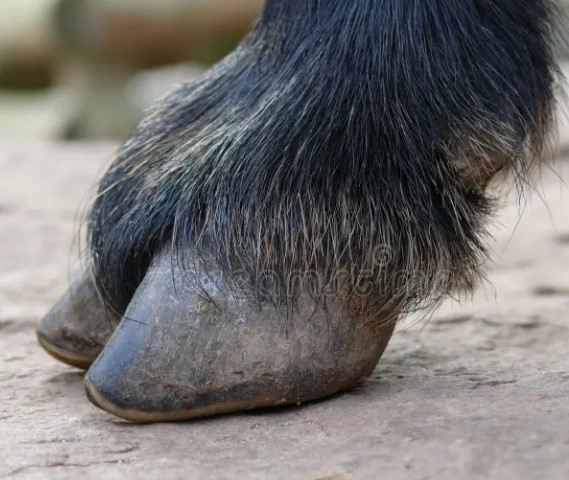The use of antibiotics in the production of milk and dairy products

The use of antibiotics in the production of MILK and dairy products
Antibiotic preparations enter the milk after vaccinations made to cows, and in case of mastitis, antibiotic solutions are injected directly into the affected lobes of the mammary glands. The Technical Regulations of the Customs Union "On the Safety of Milk and Dairy Products" (TR CU 033/2013) require that milk from vaccinated cows not be put into production during the period for the withdrawal of the antibiotic from the animal's body, milk from treated cows for 5-10 days (depending on the applied drug) should simply merge. People shouldn't use it! After all, these are antibiotics that we absolutely do not need. But few people on farms comply with such regulations, and we end up with antibiotic-contaminated milk. Of course, technological processes such as pasteurization or sterilization of milk contribute to the destruction, but only up to 20% of the antibiotics contained in it. Almost complete destruction of drugs in milk is possible by boiling for 30 minutes at a temperature of 120 degrees. But what will be left of the initial product after that?
Unscrupulous manufacturers deliberately add antibiotics to milk during production in order to destroy pathogenic flora and simplify preservation to increase shelf life. What does it affect? Many of the antibiotics used contribute to the disruption of technological processes in the production of dairy products, which leads to a significant decrease in their nutritional value. Antibiotics worsen the sanitary qualities and technological properties of milk, distort the results of the reductase test, overestimating the class of milk in terms of bacterial contamination. The presence of antibiotics in milk inhibits the development of bacteria used in the production of fermented milk products. Antibiotics violate the rennet coagulation of milk in the production of cottage cheese and cheese, which adversely affects the organoleptic characteristics of the product, namely, the taste and texture of the finished products. Yes, of course, this also indicates that the milk from which yogurt is obtained does not contain antibiotics, and questions arise about the milk that does not turn sour. The density of your yogurt may also depend on protein and fat. Somewhere there is more protein, somewhere less. And the composition of the protein fraction can be different, but it is already influenced by the breed of cows, their nutrition, the season.
So, we get food that does not meet the requirements of the legislation of the Russian Federation and, of course, the expected usefulness of natural milk without many of its nutritional properties.
How does all this affect our health?
The negative impact of residual amounts of antibiotics in dairy products on human HEALTH is that they cause a sensitizing effect and the risk of allergies, contribute to dysbacteriosis and the appearance of superinfections, the formation of resistant strains of pathogenic microorganisms and reduce the therapeutic efficacy of antibiotics despite the different spectrum of action. This is especially pronounced in allergic reactions in children.
In 2006, with the release of technical regulations, it was forbidden to use feed antibiotics on all types of farms.
In order to assess the quality and safety of manufactured and sold dairy products in terms of sanitary and chemical indicators, incl. and the content of antibiotics, 380 samples were examined, according to the results of laboratory tests that did not meet the requirements of hygienic standards for an overestimated content of antibiotics was not established.
However, some manufacturers provide an extension of the shelf life by adding ... antibiotics and various additives. These are cases of milk falsification, and cases of falsification were found in 7 samples of imported products.
Read together with it:
- Московская область планирует нарастить мясное производство на 25% к 2030 годуВ Московской области более 100 предприятий уже выпускают около 305,000 тонн мяса, из которых значительная доля поступает от 19 ведущих производителей свинины и мяса птицы. Также в регионе реализуются два новых инвестиционных проекта: в Можайске строится утиная ферма на 125,000 птиц, а в Ступино — овцеводческое хозяйство на 11......
- Новое видео на нашем канале: Тысячи верблюдов под одним взглядом: как устроена смотровая площадка в конецентре Бауржана ОспановаРазговор с Бауржаном Кенесбековичем Оспановым о верблюдоводстве в Казахстане. Зачем казаху верблюд, как устроен конецентр и смотровая площадка где тысячи верблюдов проходят бонитировку. И снова, друзья мои, мы беседуем с известным казахстанским бизнесменом и меценатом Бауржаном Кенесбековичем Оспановым - человеком, который не просто развивает сельскохозяйственный бизнес, но делает это системно, с ...
- Rostov wholesaler Everest is merging with a loss-making meat supplier from Donetsk.Donskie Traditsii, a wholesale MEAT supplier operating in Donetsk since 2017, saw its revenue decline by 28% in 2024 , to 273.1 million rubles, while losses narrowed from 14.4 million rubles in 2023 to 5.3 million rubles. In contrast, Everest increased its revenue by 16% to 3.6 billion rubles in 2024, although net profit declined by 24%, to 11.9 million rubles. Creditors of Donskie Traditsii can f...
- Proper insemination of cows: how genetic and physiological factors influence herd productivityGenetics plays a significant role in determining the reproductive fitness of bulls, and daughter pregnancy rates should be compared to accepted standards. If a farm's performance falls short of the baseline, using less-than-optimal bulls can still improve fertility. Cow physiology is also crucial for successful insemination. Feed quality, housing conditions, and veterinary care directly impact res...
- The quarantine for farm animals due to leukemia has been lifted in the village of Gusevo.As of October 21, 2025, the restrictions were lifted due to an improvement in the clinical situation on farms. Specialists conducted the necessary laboratory tests and treatment procedures, confirming the absence of infected animals. As a result, livestock owners can now freely sell MILK and MEAT , as well as transport animals outside their communities.......
- Lawsuit against Tokarevskaya Poultry Farm: The claim is 40 million rubles.Information about the lawsuit became available through the arbitration case file, but the details of the claims have not yet been disclosed. Nika LLC, registered in September 2021 in Tambov, is engaged in the wholesale trade of grain and animal feed. In 2024 , the company recorded revenue of 125 million rubles and a net profit of 1.5 million rubles. As for the Tokarevskaya Poultry Farm, it was fou...
- New support measure for the agricultural sector. The Ministry of Agriculture and Food explained the legislative changes.October 21, MINSK . Effective October 20, 2025, a new measure to support the agro-industrial complex in Belarus was introduced: the assignment of raw material zones to processing plants, according to the decree. The Ministry of Agriculture and Food explained the legislative changes, BELTA reports. According to the decree, regional executive committees are authorized to create raw material zones fr...
- Over the past three years, the Moscow region's agricultural machinery fleet has increased by nearly 2,500 units.Over the past three years, Moscow Region farmers have acquired approximately 2,500 units of new agricultural machinery. These include 390 tractors, 54 grain harvesters, 25 forage harvesters, and 2,000 other types of equipment. "To upgrade the technical infrastructure of our agricultural enterprises in the Moscow Region, we have created our own program: we reimburse a portion of the costs of purcha...
- Austria will approve sanctions against Russia, which it delayed due to Raiffeisen.Austria has announced its support for the sanctions package against RUSSIA. it previously demanded that sanctions against Rasperia be lifted in order to compensate Raiffeisen Bank International for the €2 billion it was forced to pay by a Russian COURT ruling.Austria has decided not to block the adoption of a new package of EU sanctions against Russia, although it had previously made demands regar...
- While Argentina is still waiting, Bolivia has already received the green light to export beef offal to China.Both sides confirm that the ongoing negotiations are proceeding as planned, and recent reports indicate that news could be released by the end of this month. However, others are more skeptical, claiming that the negotiations are being delayed amid anti-China dalliances between President Javier Milei and his American counterpart, Donald Trump. Meanwhile, some are already celebrating the opening of ...





























































